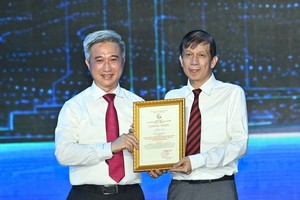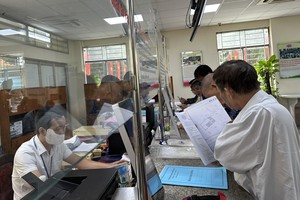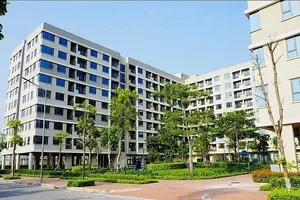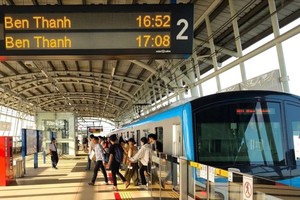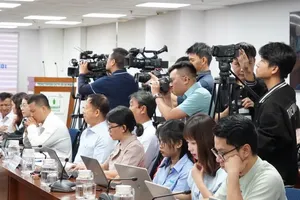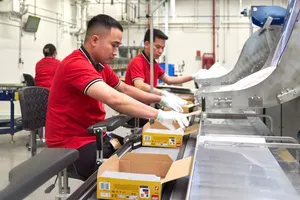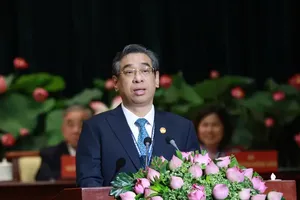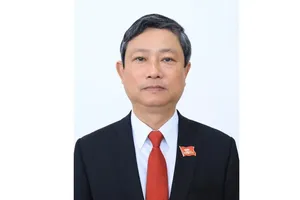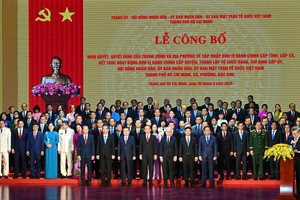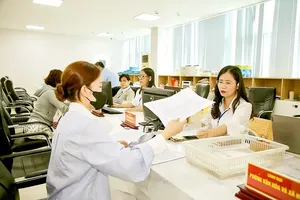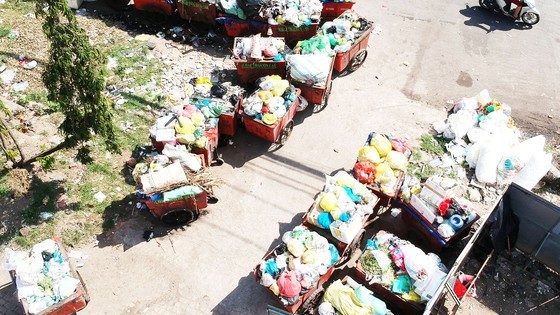
However, because these stations are not well invested by city authorities, leak of wastewater, bad smell have badly affected city dwellers in near residentital areas.
There is severe lack of standard transfer stations for waste in the city. The Department of Natural Resources and Environment of Ho Chi Minh City reminded that according to Directive No.19 of the Party Committee, environmental sanitation inspectors must pay visits to waste transfer stations two times per month. In fact, some transfer stations meet the sanitation standard while others have not met the demands.
Worse, solid waste at some transfer stations in districts is spilling out of the storage area during peak periods or trash is left overnight with a large quantity resulting in the floors of transfer stations being degraded and unhygienic conditions. In some other facilities, solid waste is directly dumped on the roadway frequently which makes people irritated.
Specifically, due to the lack of investment, waste collection station on Hung Vuong Street in Ward 1 in District 10, most of the waste is only stored in trucks. As a result, some trucks with a large amount of trash spills onto the roadway and gives off an unpleasant smell to local residents.
Similarly, the waste collection station on Dien Bien Phu Street in Binh Thanh District is not covered fully; therefore, it causes a bad smell in the residential areas.
Director of the Ho Chi Minh City Urban Environment Company Huynh Minh Nhut blamed the rapid increase of solid waste in the city from nearly 6 percent to 9 percent per year, the diverse nature and composition of waste and the outdated transportation for present environment pollution and city landscape.
According to Director Nhut, rapid increase of municipal solid waste in the city from nearly 6 percent to 9 percent annually plus, the diverse nature and composition of waste have put pressure on managers and waste collectors. Moreover, there is no synchronicity between trash pickup and treatment.
Mr. Nhut revealed that the company is managing two transfer stations which will be upgraded in the 2020-2025 period. Private garbage collectors will sort out plastic bags at theses transfer stations later for recycling , reusing with the aim to reduce environmental pollution. However, to help improving the activities of transfer stations, people should sort out organic and inorganic garbage at homes.
From different aspect, representatives of many residential districts pointed out that because of lack of land funds as well as proper technical investment in household waste, many residents in the city take advantage of sidewalks, roadbeds, and parks to gather and transfer garbage. Consequently, those activities are detrimental to the environment and damage the urban beauty.
Listening to all opinions, Director of the Department of Natural Resources and Environment Nguyen Toan Thang said that city authorities have re-planned transfer station network for solid waste produced by households’ daily activities with the vision to 2025.
As per the new plan, 40 transfer stations in 19 districts will be invested in close trash squeezer, surveillance camera and software to keep track on the quantity of daily trash and stations’ quality.
Waste transfer facilities will be moved into industrial parks and export processing zones so that the transferring of garbage and its bad smell will not influence residents’. Furthermore, transfer stations will be located in the city’s ring belts far from residential areas. Last but not least, city authorities will build underground transfer stations, said Mr. Thang.
City authorities are enhancing sorting out garbage at households to reduce pressure on collection and treatment work by increasing information to each household in a bid to raise people’s awareness.
First of all , overloaded stations are forced to close so that they will not influence residents. In its long-term plan, standard waste transfer stations will be given more land for expansion.
